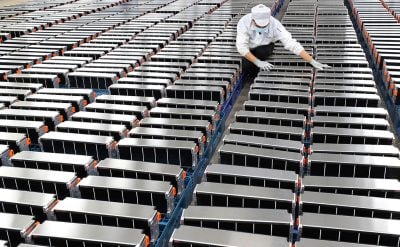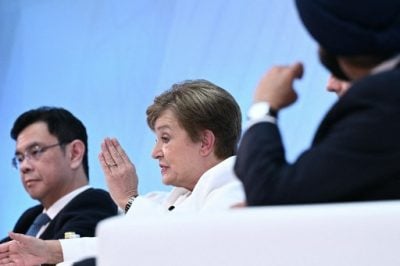Expansion plans
Other manufacturers in South Africa, such as Volkswagen, Nissan and Ford have also been affected by strike action. Labour disputes have failed to deter Mercedes-Benz, however, which plans to pump 3bn rand ($280m) into boosting production from 60,000 units to 100,000 units annually. It will invest in state-of-the-art technology and add a third plant shift in order to achieve its aims. Volkswagen has also pumped considerable investment into its Port Elizabeth factory on the Eastern Cape. The total sum over the last few years comes to around 6bn rand ($560m). Toyota has announced its intention to start producing the best-selling car on the planet, the Corolla, in South Africa. The project requires 1bn rand ($93m) of investment.
“The decision to invest in the production of the new Toyota Corolla is one taken well in advance of the start of production and one that considers the future economic prospects of South Africa and that of major Corolla export markets. We believe that despite the current economic slowdown and currency pressures, the South African-built Corolla will prove to be a good long-term investment,” says Dr Johan van Zyl, President and CEO of Toyota South Africa Motors. in a statement.
“The seven-week-long production disruption in the last quarter of 2013 damaged our reputation as a trustworthy and stable supplier of vehicles. We will have to work hard to find a mutually beneficial solution with our labour partners to stabilise production for both the local and export market,” he adds.
However, fundamental issues in terms of competitiveness remain. “The South African automotive industry is unfortunately not competitive, due to the low percentage (an average of 35%) of local content in the final product,” according to one paper about supply management issues facing the South African auto sector. “On average, South Africa was 20% more expensive as a vehicle manufacturing base than Western Europe, and China was 12% less expensive than Western Europe. South Africa is thus 30–40% more expensive than China and India,” the report adds.
The financial crisis and global economic downturn has decreased spending power among the South African population, which has dampened demand for new vehicles. Although some countries such as the US and China took measures to incentivise people to buy cars, such as by reducing car sales taxes, the South African government has not followed suit. Some experts also argue that the export infrastructure in terms of transport and supply in South Africa, and especially at South Africa’s ports, needs to be improved.
Supply chain management is a further sticking point when it comes to the manufacturing of auto-components in particular, especially in terms of technology.
“There are deficiencies within the local ACM (All Chinese Made) supplier base with regard to lack of technology. As a result, OEMs (Original Equipment Manufacturers) need to import too many of their parts requirements. The cost of replacing outdated technology is a statistically significant problem for ACMs,” according to the aforementioned study.
It adds that “the availability of skills presented problems. Respondents also indicated that the work ethic and attitude of the workforce in South Africa is problematic, and that this needs to change. Both skilled and unskilled staff do not have an urgent drive to execute their tasks efficiently and effectively, resulting in lower productivity in comparison with labour in regions such as Asia. As a result, many multinational manufacturers resort to producing parts in the Far East as it is often cheaper.”
High electricity prices contribute to the high overheads of manufacturing plants. The price of electricity rocketed 160% between 2007 and 2011 alone. This mixed, uneasy story is nothing new when it comes to the South African auto industry. In fact, it has been a running theme for decades. South Africa’s auto industry is extremely old, going back to the Second World War, when the country was involved in the manufacture of armoured and mine-protected vehicles.
Despite being a well-established and important industry in the South African economy, performance was sluggish at best for several decades. Production volumes in 1998 were virtually the same as those recorded in 1971. Lack of competitiveness, low domestic demand and sanctions all contributed to this state of affairs. In the 1990s, the South African government made attempts to turn things around by introducing a new policy in 1995 – The Motor Industry Development Programme – with its emphasis on improving competitiveness.
Want to continue reading? Subscribe today.
You've read all your free articles for this month! Subscribe now to enjoy full access to our content.
Digital Monthly
£8.00 / month
Receive full unlimited access to our articles, opinions, podcasts and more.
Digital Yearly
£70.00 / year
Our best value offer - save £26 and gain access to all of our digital content for an entire year!
 Sign in with Google
Sign in with Google 


